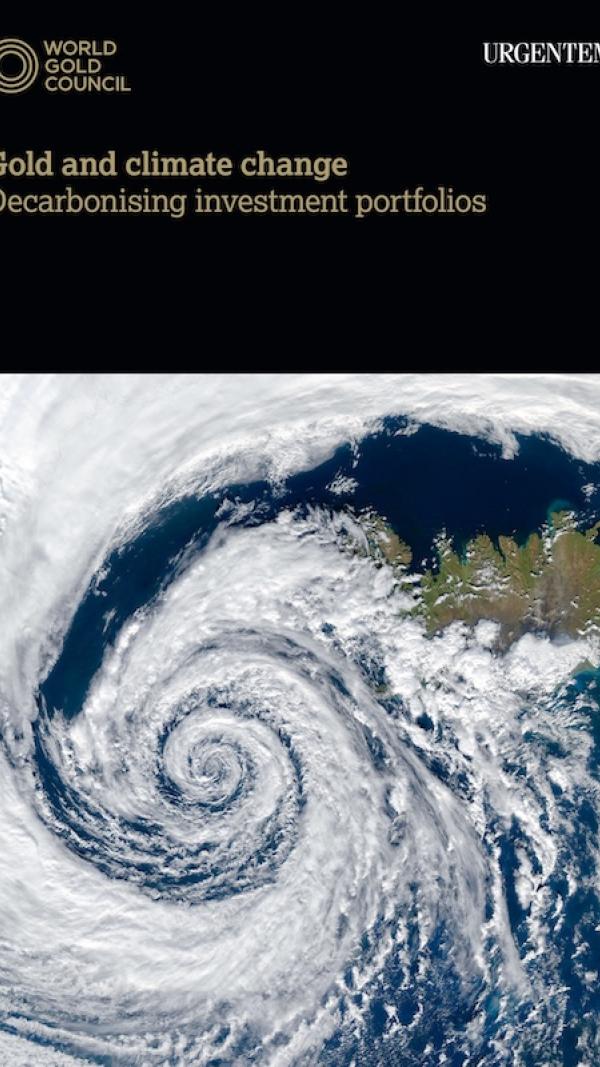Institutional investors have been particularly active in seeking to re-examine their portfolios to ensure their investment holdings are more resilient to climate risks while also supporting the transition to a net zero carbon economy.
Gold’s characteristics, in terms of its market structure and supply chain dynamics, and its resilience as a store of value, have some quite significant implications for investors considering the carbon profile and decarbonisation potential of their assets. Simply put, there is strong evidence to suggest that holding gold as part of a diversified investment portfolio will make that portfolio more resilient in response to potential impacts caused by climate change.
For investors in physical gold and gold-backed products, holding gold can lower the carbon footprint of an investment portfolio and, over time, contribute to further decarbonisation of the portfolio, increasing its alignment to key climate targets and reducing its vulnerability to climate-related shocks and losses.
Our analysis suggests that gold has the potential to perform better than many mainstream asset classes under various long-term climate scenarios, particularly if climate impacts create or exacerbate market volatility or we experience a disruptive transition to a net zero carbon economy. Furthermore, gold’s value is less likely to be negatively impacted by a rising carbon price, also offering investors a degree of insulation from expected climate-related policy responses.
While the holding of physical gold – bullion and bullion-backed products – is not associated with carbon emissions of any material scale, investors and consumers are often also mindful that gold is a mined product and often question whether they are responsible for the ‘embedded’ emissions associated with the wider gold supply chain and ‘upstream’ production.
Nearly all of the greenhouse (GHG) emissions associated with gold are produced from mining operations and, primarily, from the generation and consumption of electricity. As mining operations transition away from fossil fuel-based power to renewable energy sources, we will see a substantial decline in the carbon emissions associated with the whole gold sector. The WGC’s research shows that, given the rate of the energy transition and the nature of industry decarbonisation opportunities, it is credible that gold mining might reach net-zero by 2050, in alignment with Paris Agreement targets. This will, of course, require accelerated and expanded actions to further embrace renewable energy and introduce further efficiencies, very much in line with the changes required of the global economy.
The WGC’s research indicates that, while the gold industry’s annual carbon footprint is, on a global scale, quite small (roughly, 0.4% of global annual emissions), it is not insignificant. However, our analysis of the specific sources of gold sector emissions strongly suggests that there is an achievable and cost-efficient pathway to materially reducing emissions. The opportunity for sectoral decarbonisation is clear, concentrated and, compare to many sectors, relatively simple and accessible.
To assist investors and industry stakeholders in monitoring progress, in 2021 our Members took the collective decision to committing to reporting their positions and progress on climate-related risks in line with the recommendations of the Taskforce for Climate-related Financial Disclosures (TCFD).
In summary, gold’s carbon profile and decarbonisation potential may reinforce or amplify gold’s role as a safe haven asset, risk hedge and store of value during periods of market stress. This lends further credence to our analysis suggesting that gold's long-term returns may be more robust than those of many mainstream asset classes in the context of a range of climate scenarios and possible impacts.
Our dedicated programme of research can be found here





